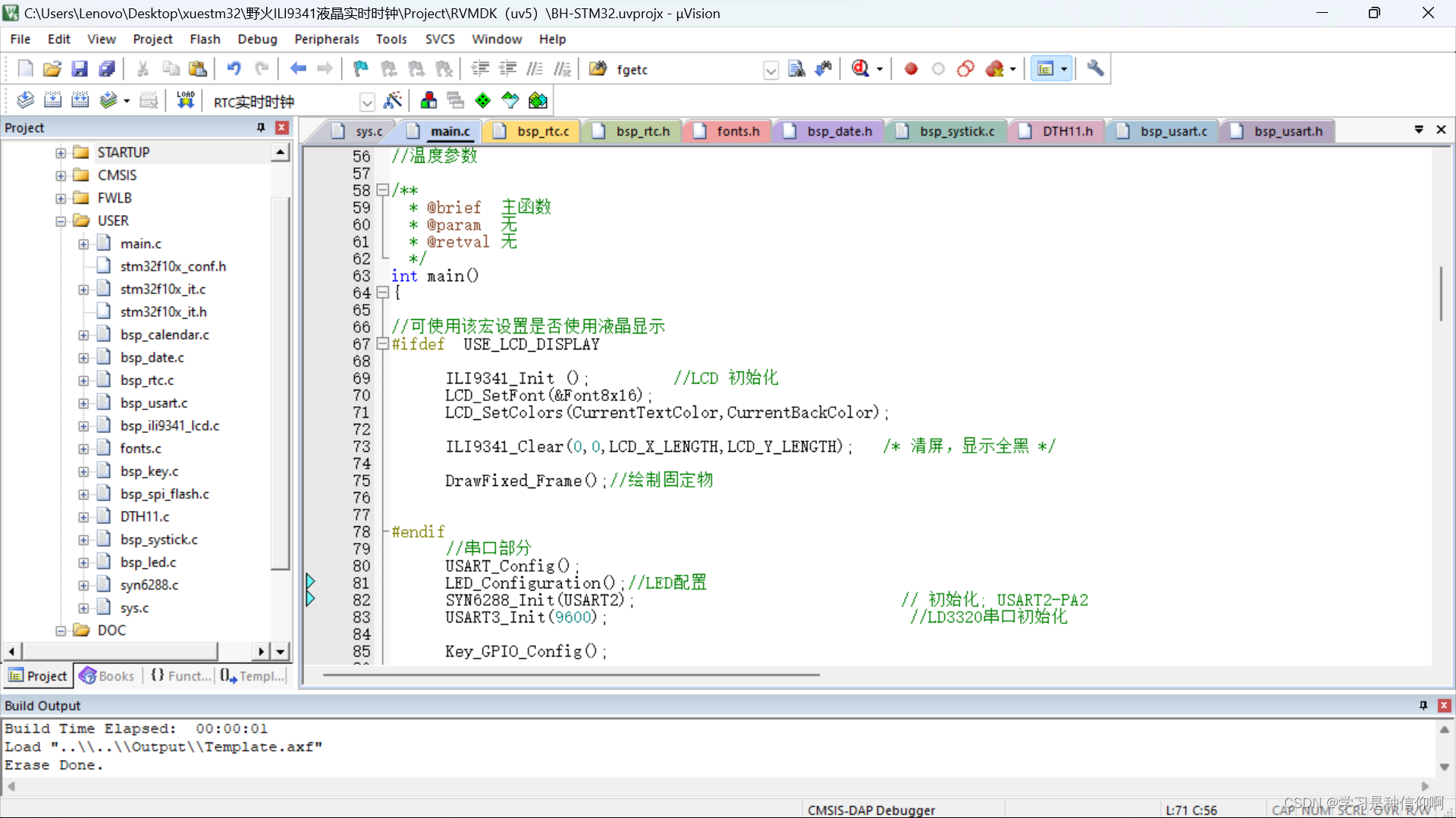PyTorch语音识别框架,将语音转成文本格式
patterPyTorch中的语音到文本框架,初始支持DeepSpeech2架构(及其变体)。特征基于文件的语料库定义配置,模型体系结构和可重复性的培训配置DeepSpeech模型具有高度可配置性各种RNN类型(RNN,LSTM,GRU)和大小(层/隐藏单元)各种激活功能(Clipped ReLU,Swish)具有Lookahead(用于流式传输)或双向RNN的仅向前R...
patter
PyTorch中的语音到文本框架,初始支持DeepSpeech2架构(及其变体)。
特征
- 基于文件的语料库定义配置,模型体系结构和可重复性的培训配置
- DeepSpeech模型具有高度可配置性
- 各种RNN类型(RNN,LSTM,GRU)和大小(层/隐藏单元)
- 各种激活功能(Clipped ReLU,Swish)
- 具有Lookahead(用于流式传输)或双向RNN的仅向前RNN
- 可配置的CNN前端
- 可选的batchnorm
- 可选的RNN重量噪音
- 具有KenLM支持的波束解码器
- 数据集扩充,支持:
- 速度扰动
- 获得扰动
- 移动(及时)扰动
- 噪声添加(随机SNR)
- 脉冲响应扰动
- Tensorboard集成
- 基于gRPC的模型服务器
安装
需要手动安装两个依赖项:
- SeanNaren / warp-ctc和包含在回购中的pytorch绑定
- parlance / ctcdecode CTC波束解码器支持语言模型
一旦安装了这些依赖项,就可以通过简单运行来安装模式python setup.py install。出于调试和开发目的,可以安装模式python setup.py develop。
数据集定义
使用带有换行符分隔的json对象的json-lines文件定义模式的数据集。每个链接都包含一个json对象,它定义了一个话语的音频路径,转录路径和持续时间(以秒为单位)。
{"audio_filepath": "/path/to/utterance1.wav", "text_filepath": "/path/to/utterance1.txt", "duration": 23.147}
{"audio_filepath": "/path/to/utterance2.wav", "text_filepath": "/path/to/utterance2.txt", "duration": 18.251}
训练
Patter包括一个顶级训练器脚本,该脚本调用底层库方法进行训练。要使用内置命令行培训师,必须定义三个文件:语料库配置,模型配置和培训配置。以下提供各自的实例。
语料库配置
语料库配置文件用于指定语料库中的训练和验证集以及音频应该发生的任何增强。有关这些选项的更多文档,请参阅下面的示例配置。
# Filter the audio configured in the `datasets` below to be within min and max duration. Remove min or max (or both) to # do no filtering min_duration = 1.0 max_duration = 17.0 # Link to manifest files (as described above) of the training and validation sets. A future release will allow multiple # files to be specified for merging corpora on the fly. If `augment` is true, each audio will be passed through the # augmentation pipeline specified below. Valid names for the datasets are in the set ["train", "val"] [[dataset]] name = "train" manifest = "/path/to/corpora/train.json" augment = true [[dataset]] name = "val" manifest = "/path/to/corpora/val.json" augment = false # Optional augmentation pipeline. If specified, audio from a dataset with the augment flag set to true will be passed # through each augmentation, in order. Each augmentation must minimally specify the type and a probability. The # probability indicates that the augmentation will run on a given audio file with that probability # The noise augmentation mixes audio from a dataset of noise files with a random SNR drawn from within the range specified. [[augmentation]] type = "noise" prob = 0.0 [augmentation.config] manifest = "/path/to/noise_manifest.json" min_snr_db = 3 max_snr_db = 35 # The impulse augmentation applies a random impulse response drawn from the manifest to the audio [[augmentation]] type = "impulse" prob = 0.0 [augmentation.config] manifest = "/path/to/impulse_manifest.json" # The speed augmentation applies a random speed perturbation without altering pitch [[augmentation]] type = "speed" prob = 1.0 [augmentation.config] min_speed_rate = 0.95 max_speed_rate = 1.05 # The shift augmentation simply adds a random amount of silence to the audio or removes some of the initial audio [[augmentation]] type = "shift" prob = 1.0 [augmentation.config] min_shift_ms = -5 max_shift_ms = 5 # The gain augmentation modifies the gain of the audio by a fixed amount randomly chosen within the specified range [[augmentation]] type = "gain" prob = 1.0 [augmentation.config] min_gain_dbfs = -10 max_gain_dbfs = 10
型号配置
此时,patter仅支持DeepSpeech 2和DeepSpeech 3(与DS2 w / o BatchNorm + Weight Noise)架构相同的变体。未来版本中可能包含未来的模型体系结构,包括新颖的体系结构。要配置体系结构和超参数,请将模型定义为配置TOML。见例子:
# model class - only DeepSpeechOptim currently model = "DeepSpeechOptim" # define input features/windowing. Currently only STFT is supported, but window is configurable. [input] type = "stft" normalize = true sample_rate = 16000 window_size = 0.02 window_stride = 0.01 window = "hamming" # Define layers of [2d CNN -> Activation -> Optional BatchNorm] as a frontend [[cnn]] filters = 32 kernel = [41, 11] stride = [2, 2] padding = [0, 10] batch_norm = true activation = "hardtanh" activation_params = [0, 20] [[cnn]] filters = 32 kernel = [21, 11] stride = [2, 1] padding = [0, 2] batch_norm = true activation = "hardtanh" activation_params = [0, 20] # Configure the RNN. Currently LSTM, GRU, and RNN are supported. QRNN will be added for forward-only models in a future release [rnn] type = "lstm" bidirectional = true size = 512 layers = 4 batch_norm = true # DS3 suggests using weight noise instead of batch norm, only set when rnn batch_norm = false #[rnn.noise] #mean=0.0 #std=0.001 # only used/necessary when rnn bidirectional = false #[context] #context = 20 #activation = "swish" # Set of labels for model to predict. Specifying a label for the CTC 'blank' symbol is not required and handled automatically [labels] labels = [ "'", "A", "B", "C", "D", "E", "F", "G", "H", "I", "J", "K", "L", "M", "N", "O", "P", "Q", "R", "S", "T", "U", "V", "W", "X", "Y", "Z", " ", ]
测试
提供模式测试脚本用于对训练模型进行评估。它将测试配置和训练模型作为参数。
cuda = true batch_size = 10 num_workers = 4 [[dataset]] name = "test" manifest = "/path/to/manifests/test.jl" augment = false [decoder] algorithm = "greedy" # or "beam" workers = 4 # If `beam` is specified as the decoder type, the below is used to initialize the beam decoder [decoder.beam] beam_width = 30 cutoff_top_n = 40 cutoff_prob = 1.0 # If "beam" is specified and you want to use a language model, configure the ARPA or KenLM format LM and alpha/beta weights [decoder.beam.lm] lm_path = "/path/to/language/model.arpa" alpha = 2.15 beta = 0.35
更多使用方法可以查看官方文档
开源地址:
https://github.com/ryanleary/patter
更多更优质的资讯,请关注我,你的支持会鼓励我不断分享更多更好的优质文章。
更多推荐
 已为社区贡献313条内容
已为社区贡献313条内容








所有评论(0)